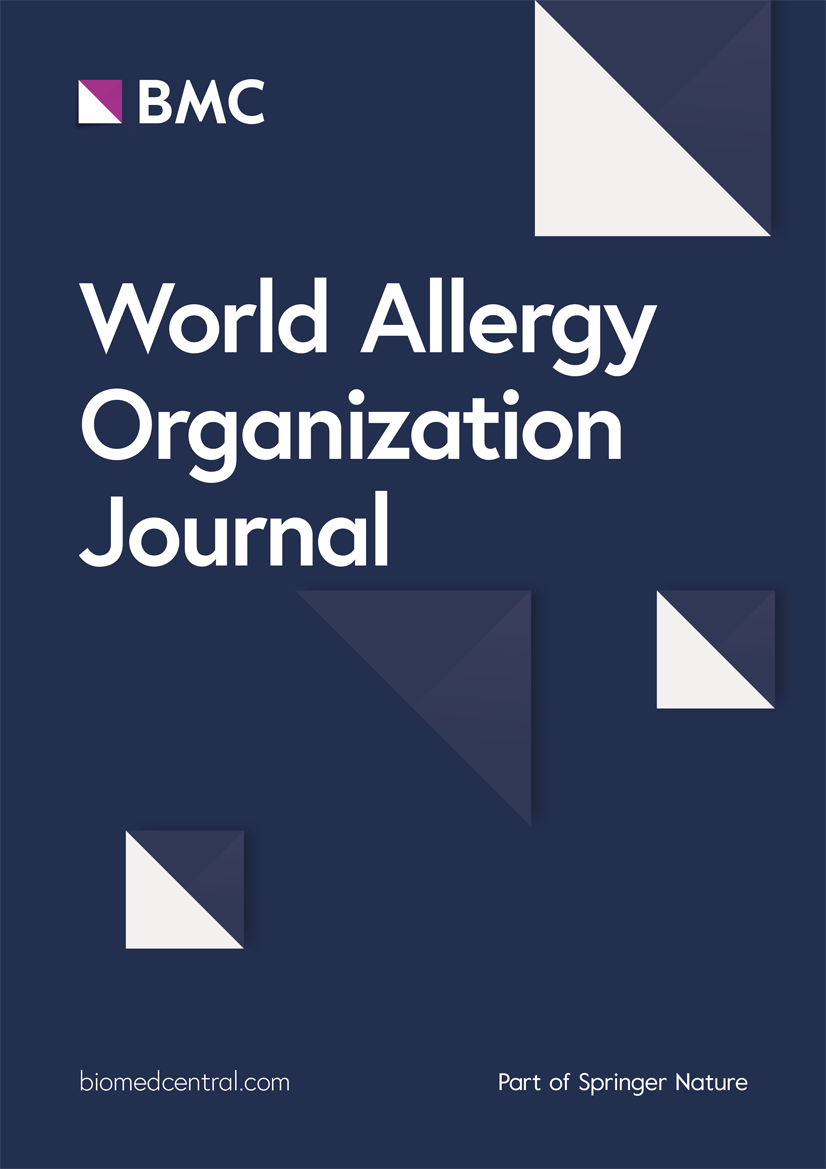Surveys on the prevalence of pediatric asthma in Japan: A comparison between the 1982, 1992, 2002, 2012, and 2022 surveys conducted in the same region using the same methodology (WJSAAC PhaseⅠ∼Ⅴ)
IF 4.3
2区 医学
Q2 ALLERGY
引用次数: 0
Abstract
Objectives
To investigate the trends in the prevalence of pediatric asthma in the western part of Japan over 40 years, using data from surveys conducted every 10 years from 1982 to 2022.
Design
A series of school-based epidemiological surveys conducted every 10 years.
Setting
Elementary schools in 11 prefectures in the western part of Japan.
Participants
Children aged 6–12 years. Surveys included 55,388 children in 1982, 46,718 in 1992, 36,228 in 2002, 33,902 in 2012, and 30,024 in 2022.
Main outcome measures
Prevalence of asthma, wheeze, and other allergic diseases such as allergic rhinitis, atopic dermatitis, and food allergies.
Results
The prevalence of asthma increased from 1982 to 2002 (boys: 3.8%–8.1%; girls: 2.5%–5.0%) and then decreased in 2012 and 2022 (boys: 6.0%–3.2%; girls: 3.5%–2.1%). The prevalence of wheeze followed a similar trend. Allergic rhinitis was the most common comorbidity, affecting 53–58% of children from 1992 onwards. Other comorbidities included atopic dermatitis, allergic conjunctivitis, and pollinosis. The prevalence of asthma was higher in urban areas than in rural areas in the early surveys, but this difference disappeared in later surveys.
Conclusions
The prevalence of pediatric asthma in western Japan increased until 2002 and then decreased in subsequent surveys. Changes in environmental factors and public health measures, including those related to the COVID-19 pandemic, may have influenced these trends. Further research is needed to understand the long-term effects of these factors on asthma prevalence.
日本儿童哮喘患病率调查:1982年、1992年、2002年、2012年和2022年在同一地区使用相同方法进行的调查的比较(WJSAAC阶段Ⅰ~Ⅴ)
目的利用1982年至2022年每10年进行一次的调查数据,调查日本西部地区40年来儿童哮喘患病率的变化趋势。每10年进行一次以学校为本的流行病学调查。在日本西部的11个县设置小学。参与者:6-12岁的儿童。调查对象为:1982年55388名、1992年46718名、2002年36228名、2012年33902名、2022年3024名。主要结局指标哮喘、喘息和其他过敏性疾病(如过敏性鼻炎、特应性皮炎和食物过敏)的复发率。结果1982 ~ 2002年哮喘患病率呈上升趋势(男童:3.8% ~ 8.1%;女孩:2.5%-5.0%),然后在2012年和2022年下降(男孩:6.0%-3.2%;女孩:3.5% - -2.1%)。喘息的流行也有类似的趋势。过敏性鼻炎是最常见的合并症,从1992年起影响了53-58%的儿童。其他合并症包括特应性皮炎、过敏性结膜炎和花粉症。在早期的调查中,城市地区的哮喘患病率高于农村地区,但这种差异在后来的调查中消失了。结论日本西部儿童哮喘患病率在2002年之前呈上升趋势,随后在调查中有所下降。环境因素和公共卫生措施(包括与COVID-19大流行有关的措施)的变化可能影响了这些趋势。需要进一步的研究来了解这些因素对哮喘患病率的长期影响。
本文章由计算机程序翻译,如有差异,请以英文原文为准。
求助全文
约1分钟内获得全文
求助全文
来源期刊

World Allergy Organization Journal
Immunology and Microbiology-Immunology
CiteScore
9.10
自引率
5.90%
发文量
91
审稿时长
9 weeks
期刊介绍:
The official pubication of the World Allergy Organization, the World Allergy Organization Journal (WAOjournal) publishes original mechanistic, translational, and clinical research on the topics of allergy, asthma, anaphylaxis, and clincial immunology, as well as reviews, guidelines, and position papers that contribute to the improvement of patient care. WAOjournal publishes research on the growth of allergy prevalence within the scope of single countries, country comparisons, and practical global issues and regulations, or threats to the allergy specialty. The Journal invites the submissions of all authors interested in publishing on current global problems in allergy, asthma, anaphylaxis, and immunology. Of particular interest are the immunological consequences of climate change and the subsequent systematic transformations in food habits and their consequences for the allergy/immunology discipline.
 求助内容:
求助内容: 应助结果提醒方式:
应助结果提醒方式:


